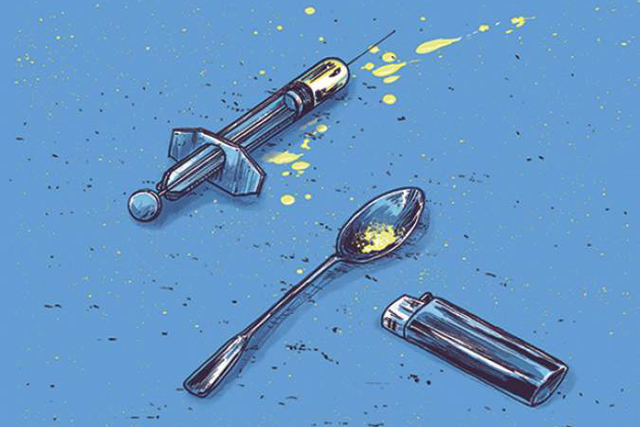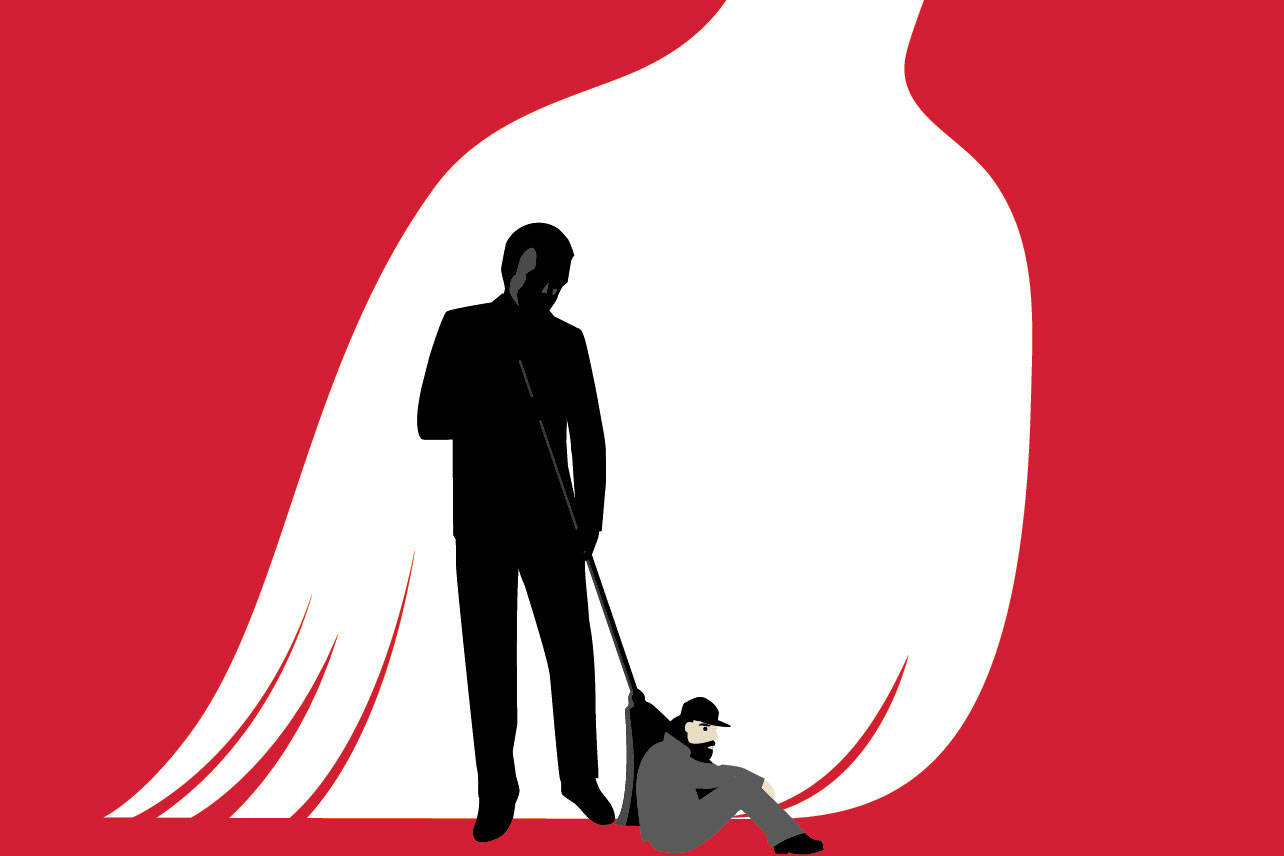In August 1988, a middle-aged drug counselor named David Purchase started handing out needles to junkies in Tacoma. He thus began the first needle exchange program in the U.S.—and became a criminal, since distributing drug paraphernalia was a misdemeanor under state law.
As needle exchanges caught on, critics, including the first President Bush, objected that the program tacitly condoned illicit drug use. Purchase didn’t care. AIDS deaths in the U.S. alone numbered in the tens of thousands. ”We’re going to keep doing what we do,” he told The New York Times. ”Our goal is to save lives,” he said, even if that meant jail time.
It didn’t, thanks to support from local officials including police and prosecutors. ”Conventional law enforcement hasn’t helped the AIDS problem,” a spokesperson for Tacoma police chief Ray Fjetland said at the time. ”Before you put the clamps on somebody trying to help, you better have an alternative. We didn’t.”
In the 28 years since, needle exchanges have become accepted public-health policy. The more they’re instituted, the more studies show their efficacy at reducing disease transmission without increasing drug use. In hindsight, it’s hard to empathize with the well-intentioned Puritans who have hindered the establishment of needle exchanges—or to guess how many AIDS patients died for the sake of their moral discomfort.
Today, Purchase’s spiritual descendants are fighting for the next step in harm reduction: safe drug sites. Liz Evans, the co-founder of the InSite safe drug site in Vancouver, B.C., visited Seattle last week for a series of presentations on the efficacy of such sites. She explained to the City Council, the mayor’s public-safety advisor, and city and county law enforcement how studies have shown that InSite has saved lives and taxpayer money in its 12 years of existence.
She also noted that such sites—which include medical staff, counselors, sterile rigs, and sharps bins—make life easier for everyone, compared to the use of public bathrooms and alleys as Seattle’s de facto drug sites. “Certainly for the businesses and the community members that were most disrupted by the presence of people using drugs in the open, they were actually in the end [InSite’s] greatest supporters,” she says.
Official response to the idea of safe drug sites in Seattle is moving from lukewarm to enthusiastic. A majority of the City Council say they support safe drug sites, and Mayor Ed Murray has told Seattle Weekly that he’s open to them in principle. Last week, King County Sheriff John Urquhart promised that his deputies would not arrest people going to and from safe drug sites. Meanwhile, the mayor’s task force for the opioid epidemic is scheduled to take up the question of safe drug sites later this month. Audience questions at Evans’ presentations, for what it’s worth, were overwhelmingly concerned with when and how—not whether or why—Seattle should open safe drug sites.
Safe drug sites in Seattle are now a question of when, not if. Yet while safe drug sites are a necessary part of effective, humane drug policy, they’re not sufficient. The sites are “a nothing thing, really, in the grander scheme of what needs to happen,” says Evans.
Here’s the grander scheme: We need to end the War on Drugs.
America’s drug prohibition has accomplished two things. First, it has isolated addicts, preventing them from accessing the resources and support needed to stabilize their lives and treat their illness. Second, it has fertilized organized crime by creating an underground market controlled by whichever gang is most ruthless. Along the way, it’s turned our police into paramilitaries and put millions behind bars, a disturbing percentage of whom are people of color.
This is no accident. Last week Harper’s published a 1994 interview with John Ehrlichman, in which the aide to President Richard Nixon claimed that by criminalizing heroin and marijuana “heavily,” the administration intended to vilify the antiwar left and African-Americans. This revelation alone should be enough to begin a very serious conversation about legalizing drugs.
But how to do so responsibly? One step at a time, says Alejandro Madrazo Lajous, Mexican delegate to an upcoming UN session on drug policy. “We should legalize even hard drugs,” Lajous told an audience at Seattle University last week. “We should regulate them—legalize and regulate them—and … we should do it timed in a fashion that is step-by-step, [so] that we can learn from different drugs that we legalize first, and then feed that into the system and then take the next step.”
The War on Drugs isn’t an eternal verity. It’s a human convention, like slavery or alcohol prohibition, and it can be undone by mortal hands. Our city has already taken the first step by decriminalizing, then legalizing, marijuana. We can choose to take the next step, and the next one, until we’ve carefully retreated from our war against ourselves—until we’ve replaced the stick of prohibition with the carrot of social services.






